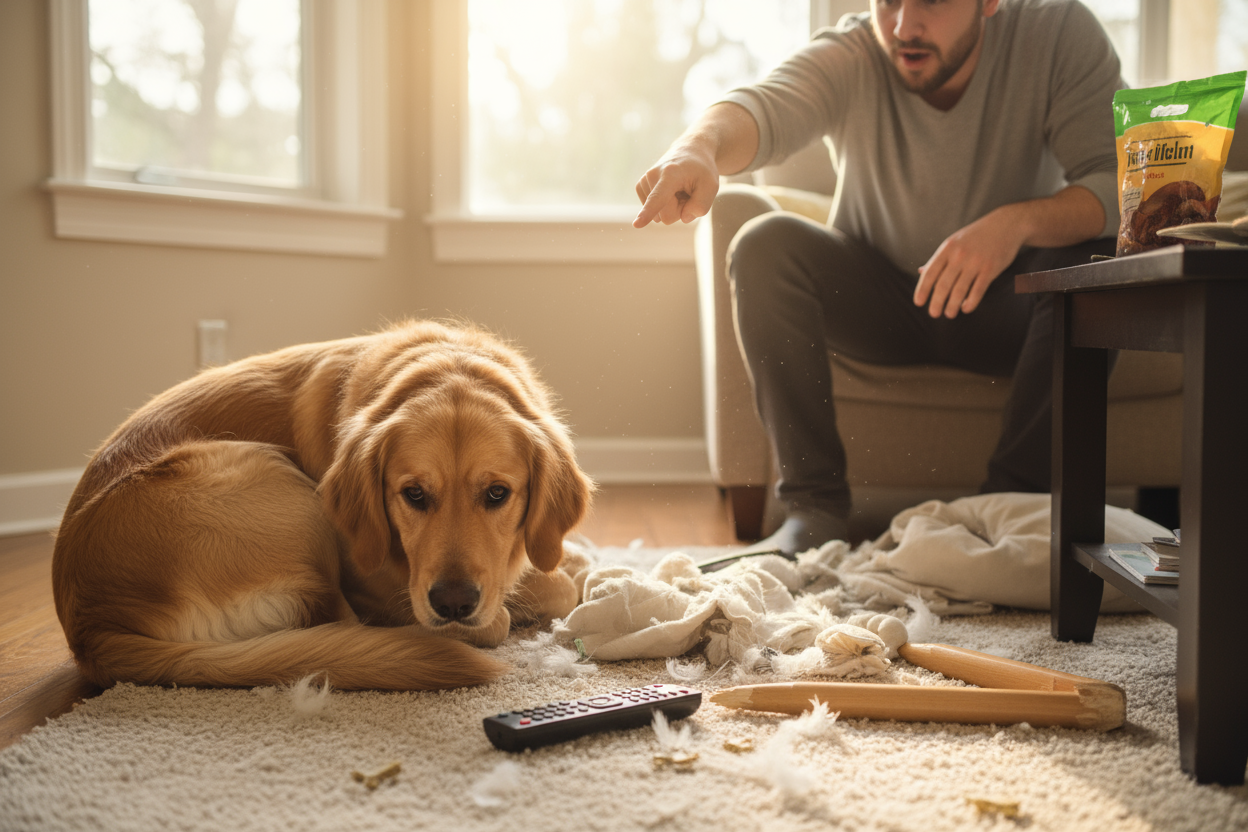The Role of Enrichment in Reducing Unwanted Dog Behaviors
As a practicing behavior veterinarian, I’ve seen firsthand how enrichment can transform a dog’s life and, by extension, the lives of their humans. Unwanted behaviors like excessive barking, destructive chewing, and even aggression are often symptoms of unmet needs rather than signs of a “bad dog.” That’s where enrichment comes in, it is a simple way to give dogs a vocation.
What Is Enrichment?
Enrichment refers to activities and environmental modifications that stimulate a dog’s mind, body, and senses. It’s about giving dogs opportunities to express natural behaviors (sniffing, chewing, problem-solving, and socializing) in healthy, constructive ways.
There are five key categories of enrichment:
-
Cognitive: Puzzle toys, training games, scent work
-
Physical: Walks, agility, tug-of-war
-
Social: Playdates, family interaction, supervised group classes
-
Sensory: New smells, textures, sounds
-
Feeding: Food-dispensing toys, scatter feeding, raw bones
Unwanted behaviors often stem from boredom, frustration, or anxiety. A dog left alone for hours with no stimulation may chew furniture not out of defiance, but out of desperation. Barking at passersby might be a sign of under-socialization or lack of mental engagement.
Think of enrichment as preventive medicine. Just as we vaccinate to prevent disease, we enrich to prevent behavioral breakdowns. Puppies raised with diverse experiences such as novel sounds, textures, people, and play are more resilient and less likely to develop fear-based behaviors later in life.
For adult dogs, enrichment can reduce stress and redirect energy. A dog who spends 30 minutes solving a food puzzle is less likely to dig up the backyard or bark at squirrels for hours.
One of my patients, a high-energy Border Collie named Luna, was showing signs of compulsive tail-chasing and obsessive barking. Her family was overwhelmed. After a full behavioral assessment, we ruled out medical causes and implemented a comprehensive enrichment plan: daily scent walks, structured training games, and rotating puzzle toys.
Within weeks, Luna’s compulsive behaviors decreased. Her family reported she was calmer, more focused, and—most importantly—happier.
Enrichment isn’t just about keeping dogs busy, it’s about honoring who they are. Dogs are intelligent, emotional beings with instincts that need outlets. As veterinarians, we have a responsibility to advocate for their behavioral health, not just their physical well-being.
If your dog is struggling with unwanted behaviors, don’t wait. Seek guidance from a dog behaviorist veterinary behaviorist or a veterinary behavior practitioner. Enrichment might just be the missing piece.
Amanda Hall-Phillips, DVM
Veterinary Behavior Practitioner serving Valdosta, GA, Thomasville GA, Tifton GA and Tallahassee FL



